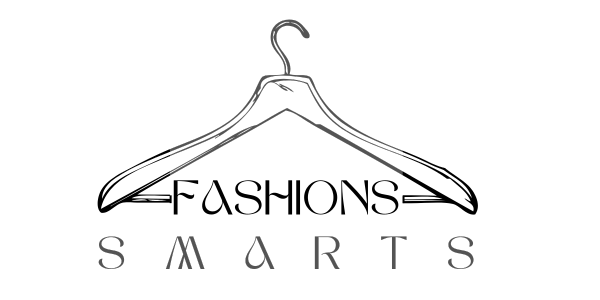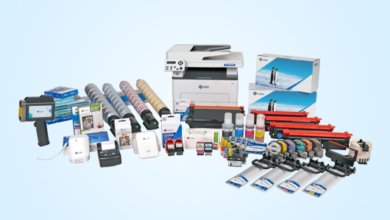Potassium: Another Reason for Fruits and Veggies!

Fruits and vegetables are among the best sources of potassium, a mineral that helps normalize blood pressure. Here are some fruits and vegetables that are good potassium sources: Apricot Potato Banana Prunes (dried plums) Broccoli Raisins Cantaloupe Spinach Carrot Sweet potato Dates Swiss chard Mushrooms Watermelon Orange Winter squash Parsnip Other good potassium sources.
Dry beans, lentils, peas, almonds, and peanuts. Milk and yogurt supply calcium and potassium, perhaps protecting against high blood pressure. Note: Potassium chloride, as a salt substitute, isn’t recommended. Unless used under medical supervision, it can be harmful to health.
DASH plan diet and lowered their sodium intake to 1,500 milligrams daily had even better blood-pressure-lowering results—especially if they had hypertension. To learn more, see “Blood Pressure: Under Control” and specifically “DASH to Health” in chapter 22. Consider following the DASH plan whether or not you have high blood pressure.
If you have it or some other health condition, your doctor might recommend less sodium than you consume now. Consult your doctor for the right sodium level for you, and a registered dietitian (RD) to help you follow this advice. Research suggests another benefit of cutting back on salt: possibly less calcium loss from bone, and as a result, reduced risk of osteoporosis and bone fractures.
How much then The Institute of Medicine’s Daily Reference Intakes recommend a maximum for sodium intake: for the general public the Tolerable Upper Intake Level is 2,300 milligrams of sodium daily, and somewhat less for children ages thirteen and under. That’s about the amount in 1 teaspoon of salt. The Dietary Guidelines say less than 2,300 milligrams is better.
In fact, for most healthy people ages nine to fifty, the Adequate Intake (AI) of 1,500 miliigrams of sodium daily is enough. The AI is somewhat less for adults over age fifty and children eight years and under. Getting enough other nutrients, including potassium, isn’t easy, however, in an eating plan at 1,500 milligrams of sodium daily.
When you sweat after strenuous physical activity, do you need extra salt—from the salt shaker, a salt tablet, or a sports drink? Probably not. Food eaten after exertion normally replenishes sodium lost in sweat. That said, sodium’s AI level doesn’t apply to highly active people, such as those doing endurance sports. What’s the potassium recommendation? For ages fourteen on up, the AI is 4,700 milligrams daily.
Note: For people with hypertension, African Americans, and middle-aged and older adults, the Dietary Guidelines advise: Aim to consume no more than 1,500 milligrams of sodium per day, and meet the potassium recommendation (4,700 milligrams per day) with food.
As part of the healthful eating message, the Dietary Guidelines for Americans advise: Choose and prepare foods with little salt. It’s the best way to cut back on sodium. At the same time, consume potassium-rich foods, such as fruits and vegetables. Why is this advice given to healthy people? For one, there’s no way to tell if your blood pressure is sodium-sensitive.
You may—or may not—develop high blood pressure from consuming too much sodium. So stick to the recommendation. Second, consuming less sodium or little salt certainly isn’t harmful to healthy adults. Even if you don’t have high blood pressure now, cutting back may offer protection, just in case.
Last word
why are salt and other sodium-containing ingredients added in food preparation and processing? Flavor probably comes to mind first. Just a few grains of salt can bring out food’s natural flavors—even in sweet foods. However, sodium-containing ingredients play a broader role in the food supply.





